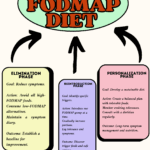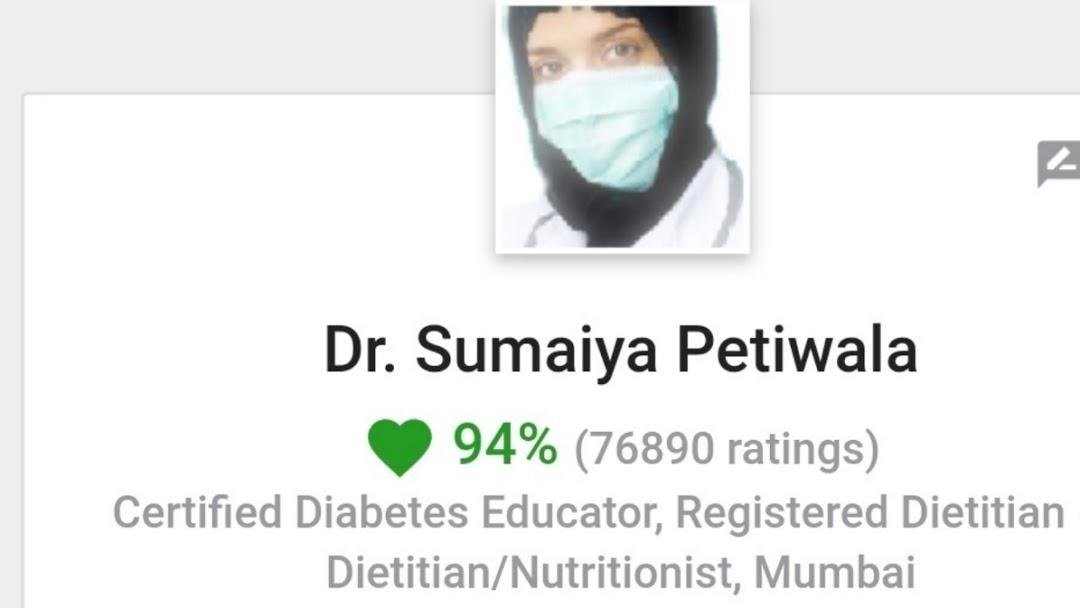Decoding Food Labels: Nutrition Facts Made Easy
Understanding food labels is crucial for making informed dietary choices and maintaining a healthy lifestyle. This comprehensive guide, brought to you by Dr. Sumaiya Petiwala of NutriCare Clinic, will empower you to decipher nutrition facts and choose foods that support your well-being.
Understanding Food Labels: A Comprehensive Guide
Food labels provide valuable information about the nutritional content of packaged foods. Learning to read them correctly can help you make healthier choices, manage your weight, and reduce your risk of chronic diseases. This guide breaks down each component of a typical nutrition facts label, offering practical advice and evidence-based recommendations.

Calories: Your Energy Intake
Calories measure the energy provided by food. Your daily calorie needs depend on factors like age, gender, weight, height, and activity level. The average adult needs around 2000-2500 calories per day, but this can vary significantly. According to the Dietary Guidelines for Americans, individuals should monitor their calorie intake to maintain a healthy weight.
- For weight loss: Choose foods lower in calories. Creating a calorie deficit (burning more calories than you consume) is key to weight loss.
- For weight maintenance: Balance your calorie intake with your energy expenditure.
- For weight gain: Choose foods higher in calories, focusing on nutrient-dense options.
Total Fat: Healthy vs. Unhealthy Fats
Fat is an essential nutrient, but the *type* of fat matters. The food label distinguishes between total fat and different types of fat:
- Total Fat: Represents the total amount of fat in a serving.
- Saturated Fat: Limit intake. High saturated fat intake is linked to increased LDL (“bad”) cholesterol and heart disease risk. The American Heart Association recommends limiting saturated fat to less than 6% of total daily calories.
- Trans Fat: Avoid as much as possible. Trans fats are artificially created and significantly increase the risk of heart disease.
- Unsaturated Fats (Monounsaturated and Polyunsaturated): These are considered “healthy” fats. They can help lower LDL cholesterol and reduce the risk of heart disease. Good sources include avocados, nuts, seeds, and olive oil.
Sodium: Managing Your Salt Intake
Sodium is a mineral that’s essential for bodily functions, but excessive intake can lead to high blood pressure, a major risk factor for heart disease and stroke. The American Heart Association recommends limiting sodium intake to less than 2,300 milligrams (mg) per day, with an ideal limit of 1,500 mg per day for most adults.
Processed and packaged foods are often high in sodium, so checking labels is crucial. Look for “low sodium” or “no salt added” options.
Total Carbohydrate: Fiber and Sugars
Carbohydrates are the body’s primary energy source. The food label breaks down total carbohydrates into:
- Total Carbohydrate: Includes all types of carbohydrates.
- Dietary Fiber: A type of carbohydrate that the body cannot digest. Fiber promotes digestive health, helps regulate blood sugar levels, and can contribute to feelings of fullness. Aim for at least 25-30 grams of fiber per day.
- Total Sugars: Includes both naturally occurring sugars (like those in fruit and milk) and added sugars.
- Added Sugars: Sugars that are added during processing or preparation. The American Heart Association recommends limiting added sugars to no more than 25 grams (6 teaspoons) per day for women and 36 grams (9 teaspoons) per day for men.
Focus on choosing foods high in fiber and low in added sugars. Complex carbohydrates (whole grains, vegetables, fruits) are generally healthier than refined carbohydrates (white bread, sugary drinks).
Protein: The Building Block of Your Body
Protein is essential for building and repairing tissues, making enzymes and hormones, and supporting immune function. It also plays a role in weight management by promoting satiety (feeling full).
The Recommended Dietary Allowance (RDA) for protein is 0.8 grams per kilogram of body weight. However, individual needs may vary based on activity level, age, and health status. Good sources of protein include lean meats, poultry, fish, beans, lentils, tofu, and dairy products.
Vitamins and Minerals: Essential Nutrients
Food labels often list the amounts of key vitamins and minerals, such as Vitamin A, Vitamin C, Calcium, and Iron. These micronutrients are vital for various bodily functions and overall health. Aim for a varied diet rich in fruits, vegetables, and whole grains to ensure you’re getting a wide range of vitamins and minerals.
Personalized Nutrition Guidance
While this guide provides general recommendations, individual nutritional needs can vary. Consulting with a registered dietitian, like Dr. Sumaiya Petiwala, can provide personalized advice tailored to your specific health goals and dietary requirements.
Dr. Sumaiya Petiwala is a registered dietitian and doctor, passionate about helping individuals improve their health through proper nutrition and lifestyle changes. With her dual qualification, she provides comprehensive and holistic care, ensuring her clients receive both medical and nutritional guidance.
Book a Consultation with Dr. SumaiyaTake the first step towards a healthier you! Fill out the patient history form to receive personalized advice and support.
References
- U.S. Department of Health and Human Services and U.S. Department of Agriculture. *Dietary Guidelines for Americans, 2020-2025*.
- American Heart Association. “Added Sugars.”
- American Heart Association. “Saturated Fat.”
- American Heart Association. “Sodium.”


